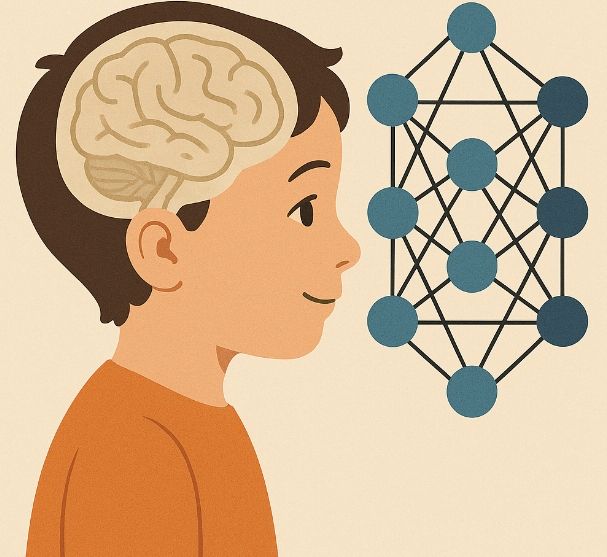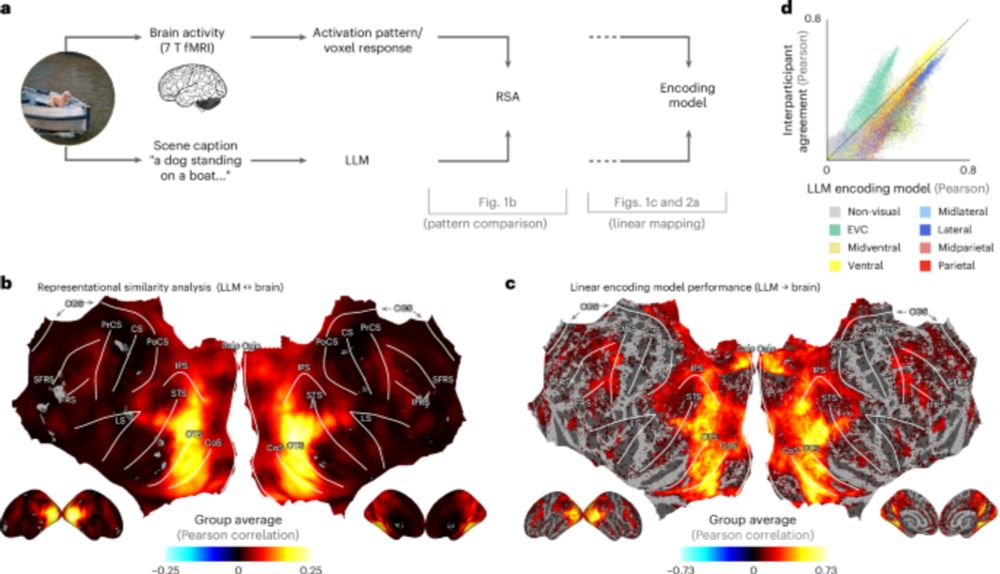Zejin Lu
@zejinlu.bsky.social
79 followers
92 following
18 posts
PhD Student @FU_Berlin co-supervised by Prof. Radoslaw M. Cichy and Prof. Tim Kietzmann, interested in machine learning and cognitive science.
Posts
Media
Videos
Starter Packs
Pinned
Zejin Lu
@zejinlu.bsky.social
· Aug 10
Reposted by Zejin Lu
Zejin Lu
@zejinlu.bsky.social
· Jul 8
Zejin Lu
@zejinlu.bsky.social
· Jun 6
Zejin Lu
@zejinlu.bsky.social
· Jun 6
Zejin Lu
@zejinlu.bsky.social
· Jun 6
Zejin Lu
@zejinlu.bsky.social
· Jun 6
Zejin Lu
@zejinlu.bsky.social
· Jun 6
Zejin Lu
@zejinlu.bsky.social
· Jun 6
Zejin Lu
@zejinlu.bsky.social
· Jun 6









